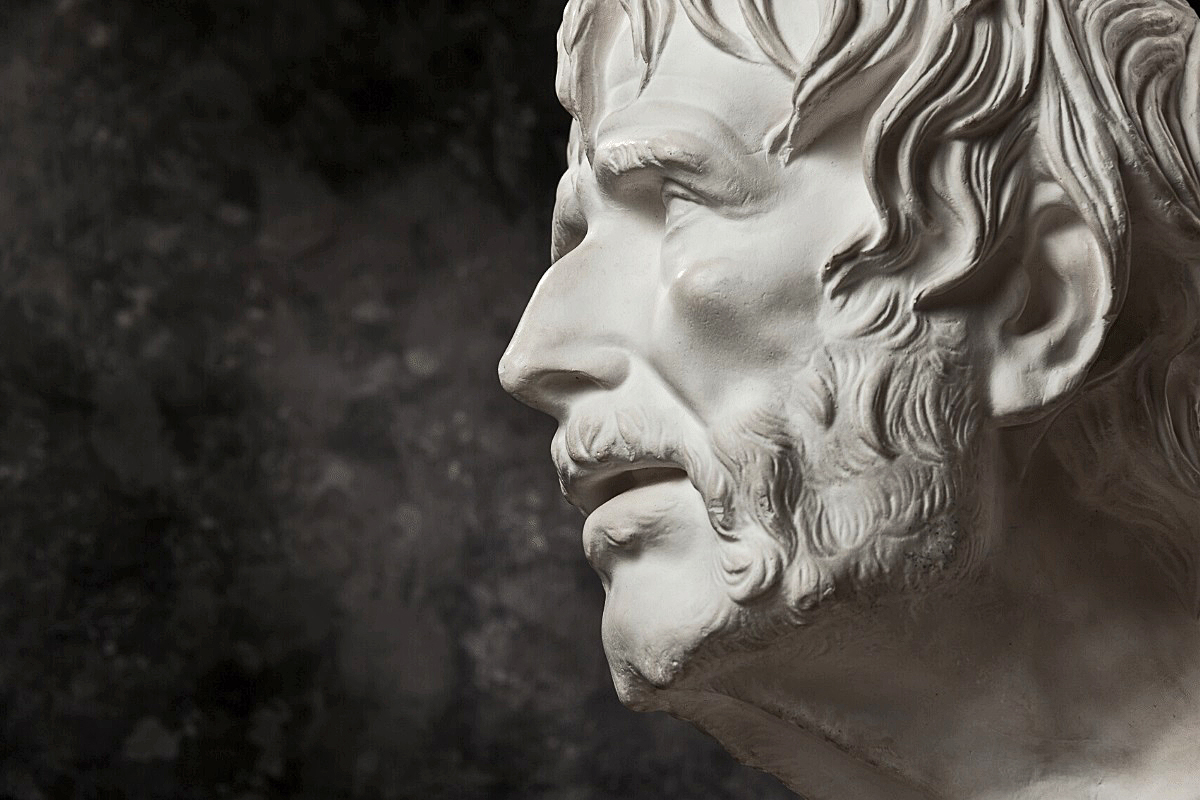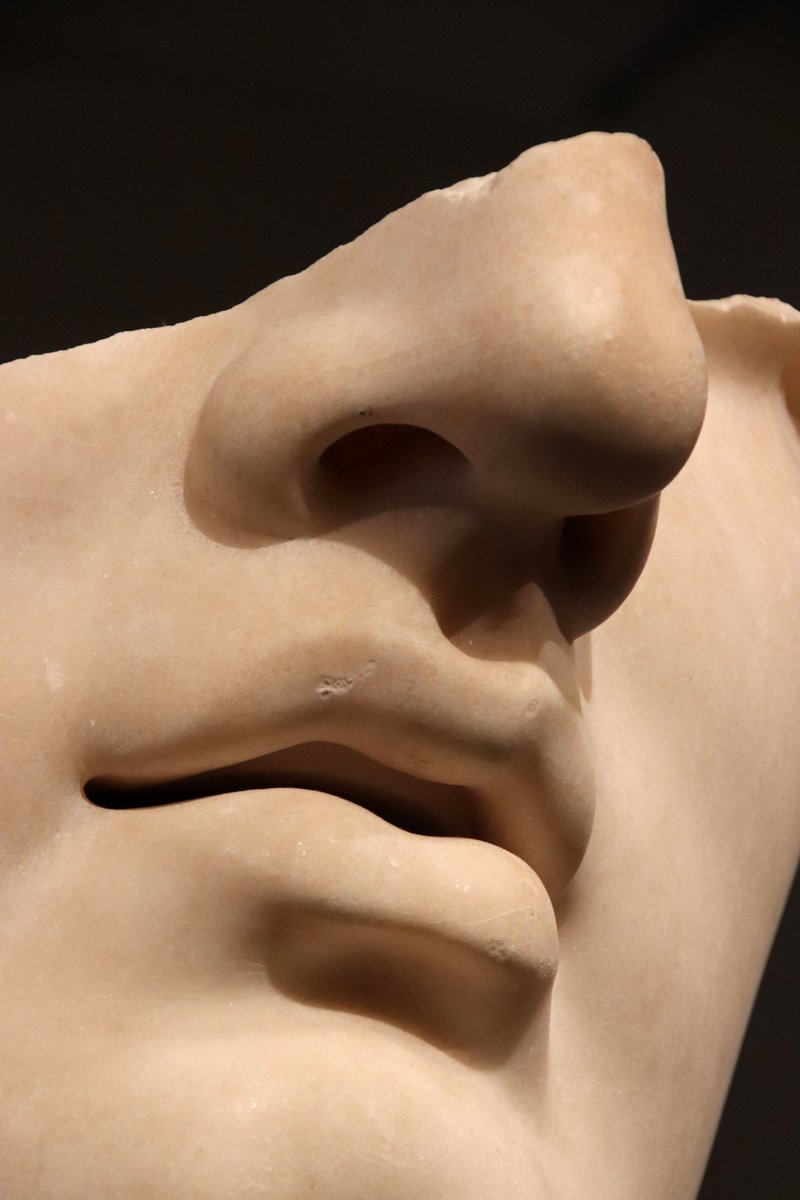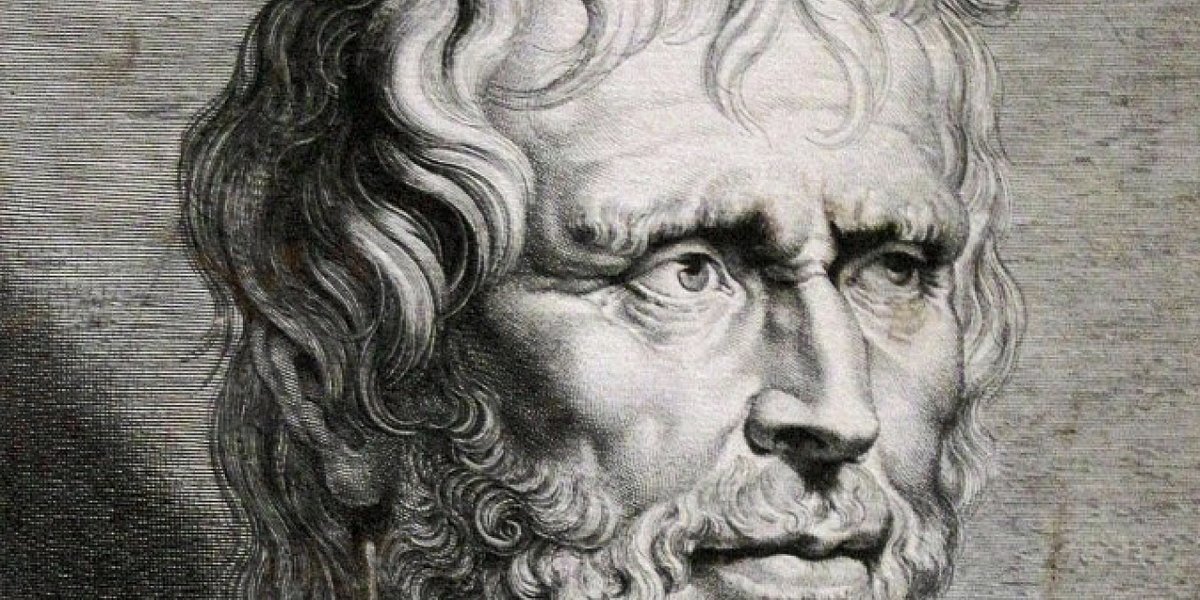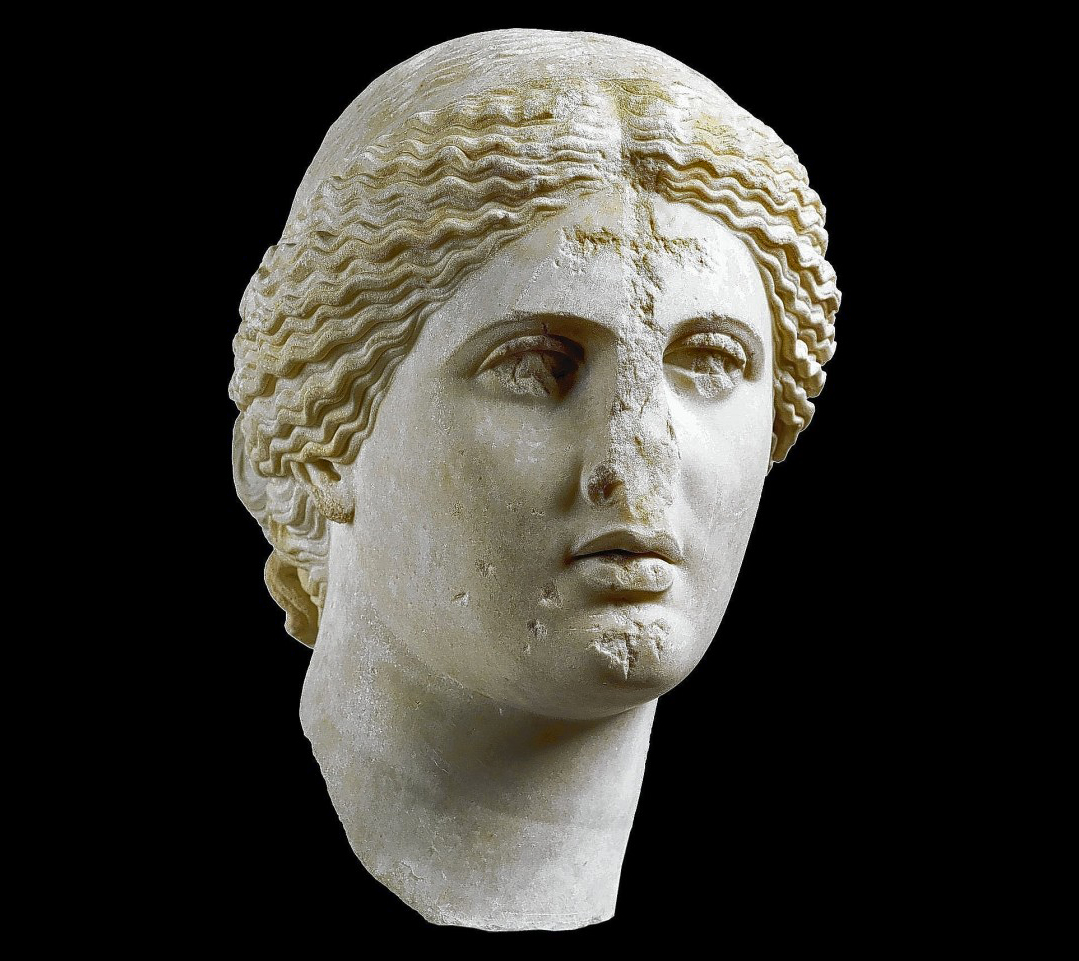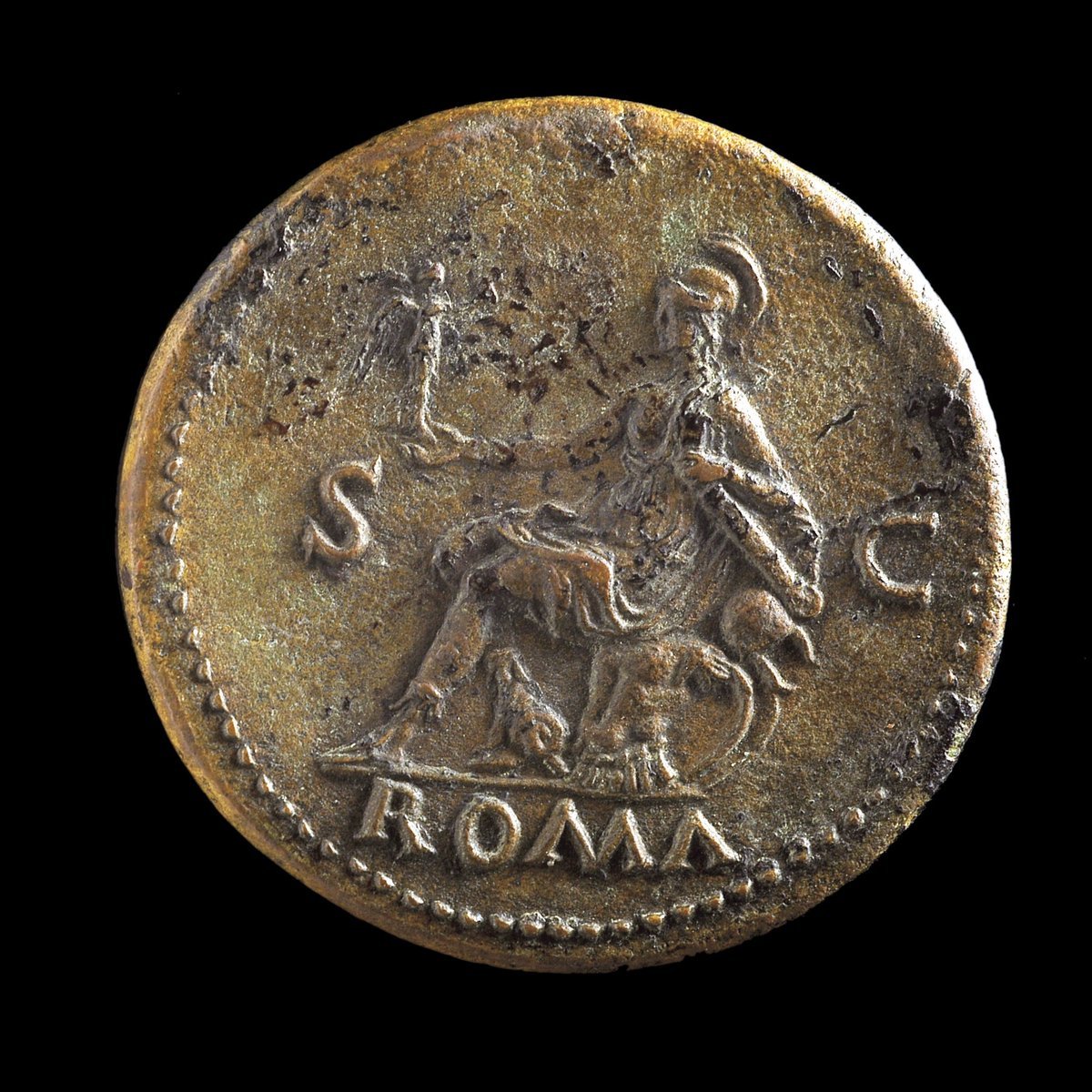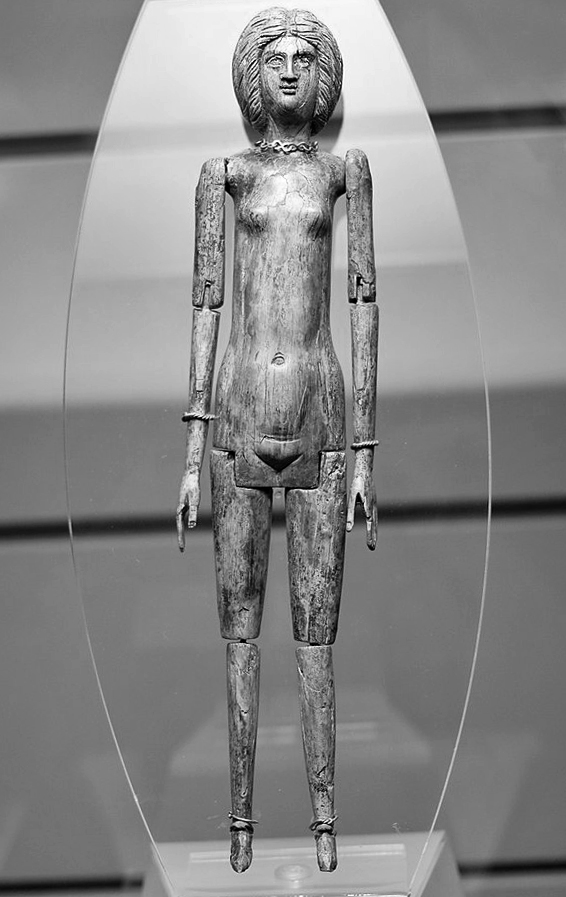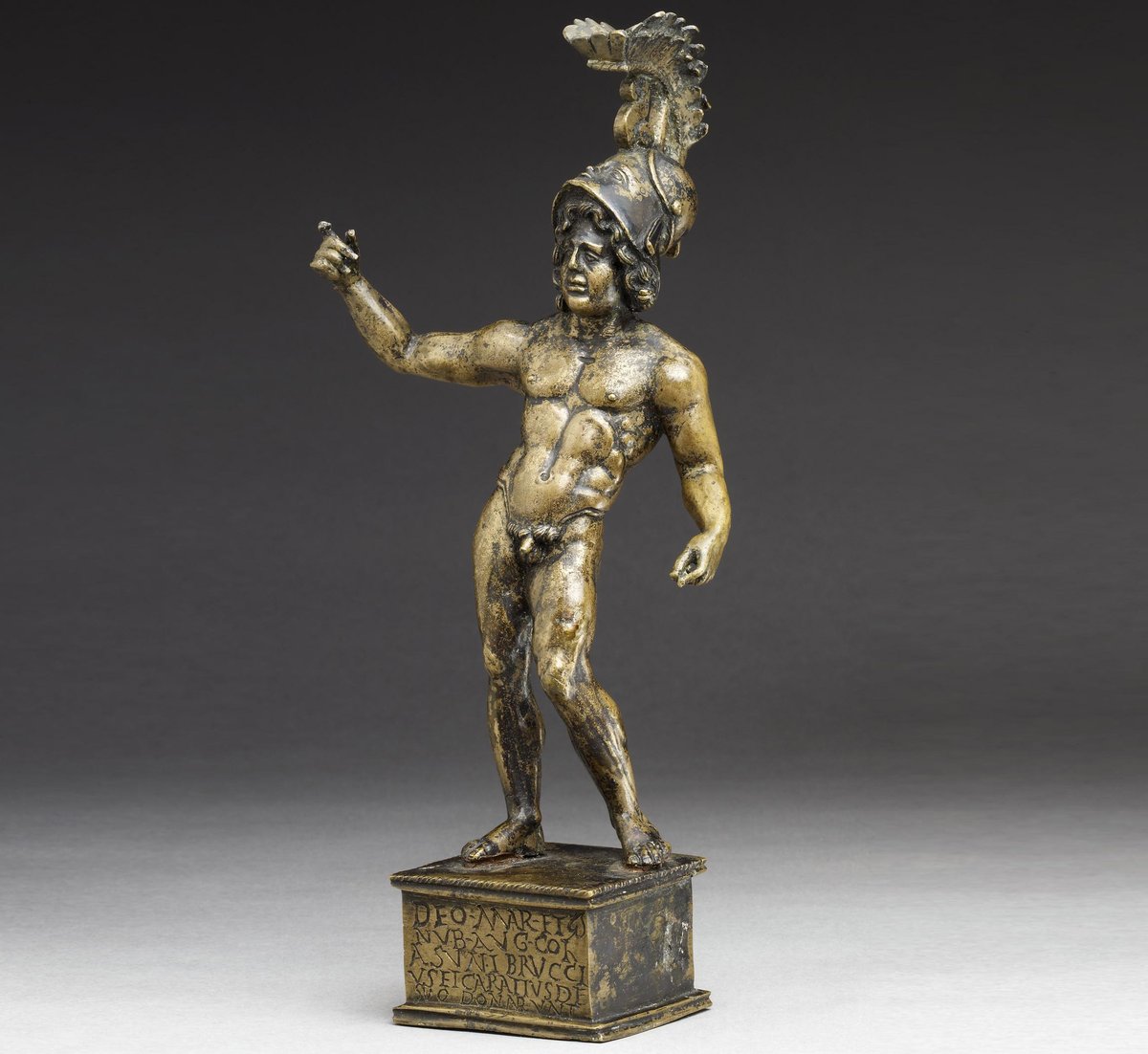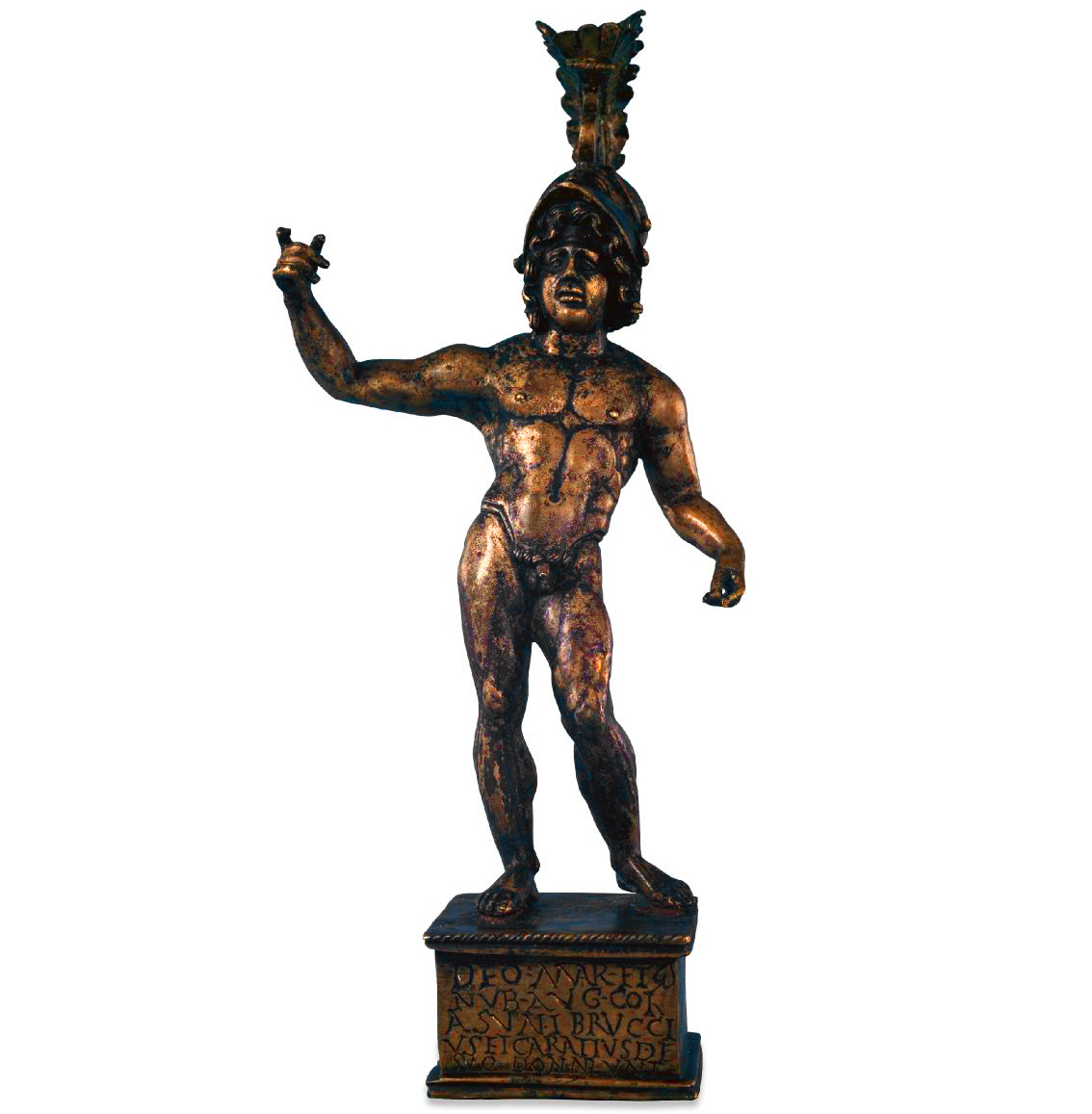
1/5) Pliny the Younger had little time for spectator sports or the fickle fans, obsessive in their support for their favoured colour chariot-racing team:
"I am not in the least bit interested in the chariot races. They offer nothing new, nothing you need to see more than once..
"I am not in the least bit interested in the chariot races. They offer nothing new, nothing you need to see more than once..
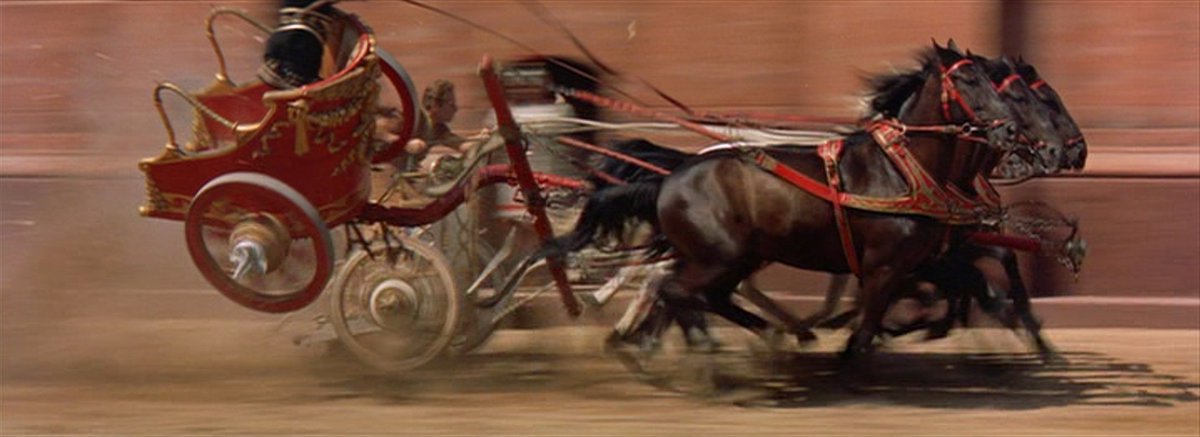
2/5) "I'm amazed so many thousands of men have such a childish desire to see horses race and men drive chariots. If they were attracted by the speed of the animals or skill of the drivers I might understand, but all they care about is team uniforms - it's the colours they love!.. 
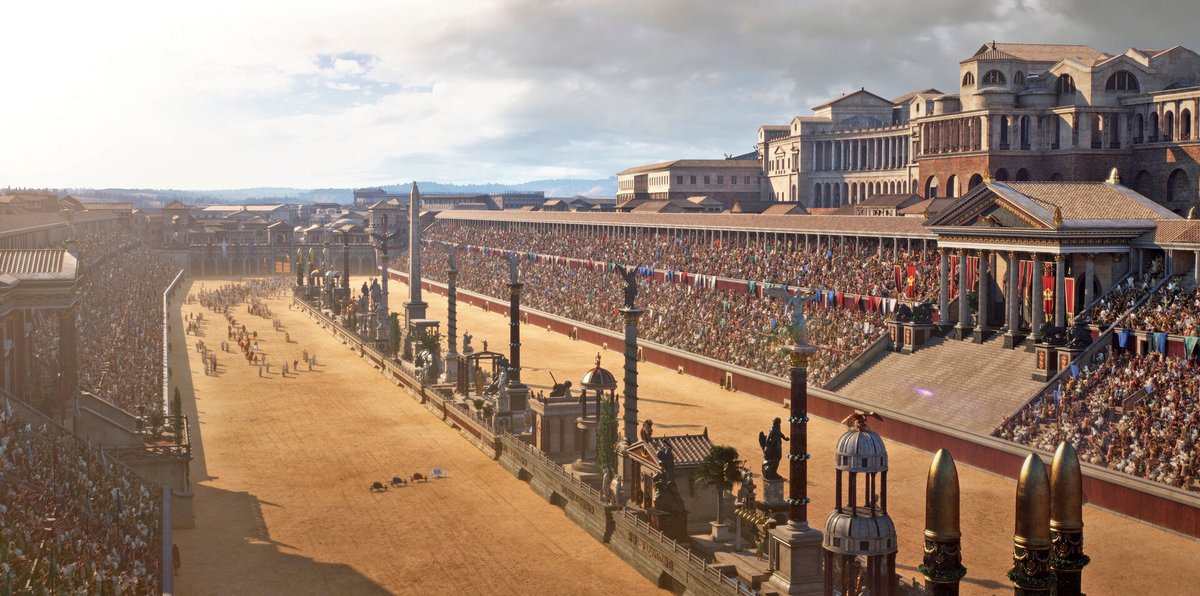
3/5) "In fact I'm sure that if right in the middle of the race, the team colours were suddenly switched, the fans would immediately transfer their support, abandoning the driver whose name they had been shouting just a moment before! To think a cheap tunic could have such power.. 

4/5) "This affects both the rabble and men of weight and dignity. When I think of these men and their total obsession with something so silly, so dull, so common, I just give thanks that I am not taken in by it all... 
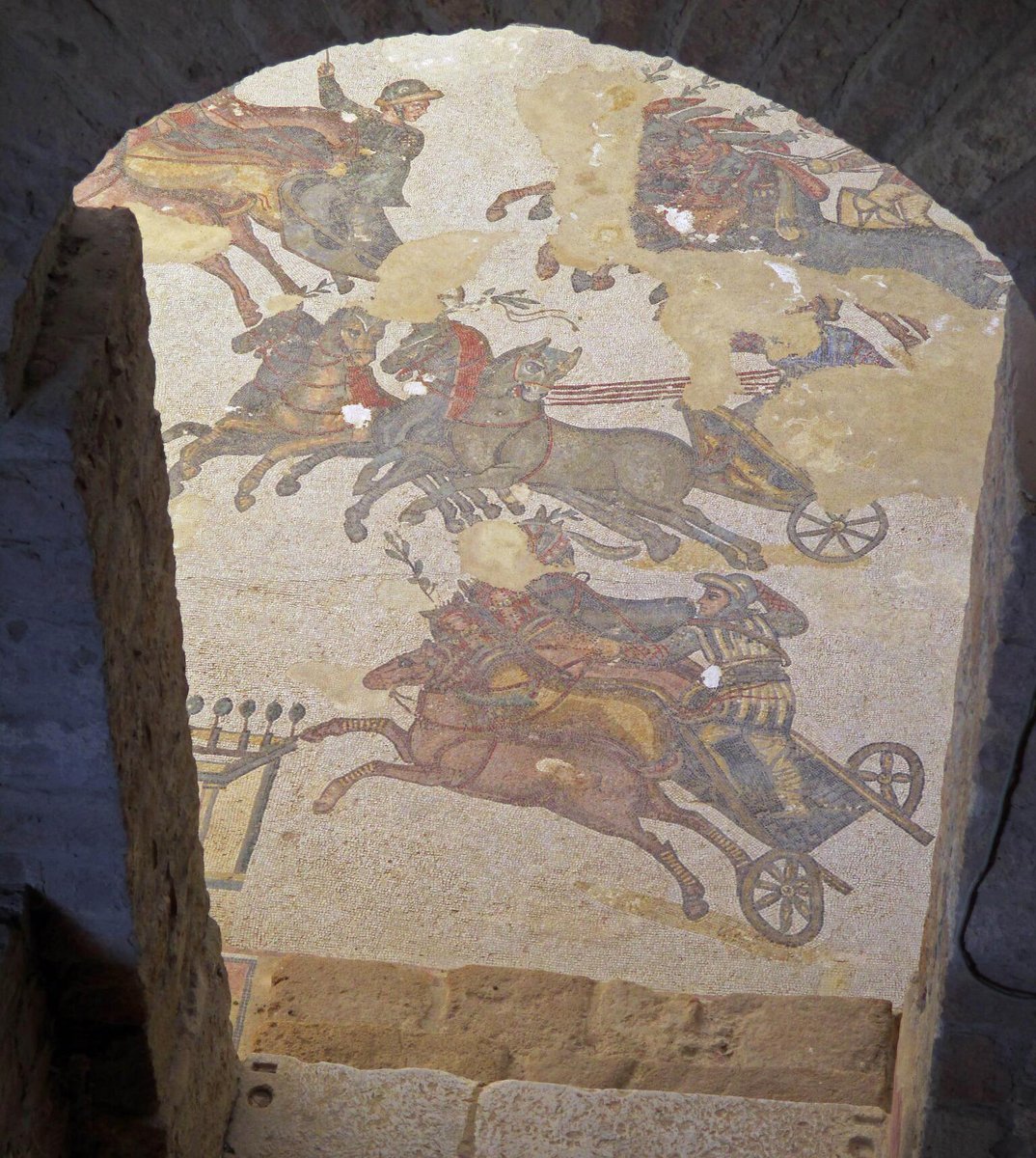
5/5) "..So during the last few days in Rome, which other men have wasted on these most vacant of pursuits, I have spent my time quietly and pleasantly on literary work."
(Pliny the Younger, Letters, 9.6 - written around 100 AD)
#roman #history #sport #racing #spectacles
(Pliny the Younger, Letters, 9.6 - written around 100 AD)
#roman #history #sport #racing #spectacles

• • •
Missing some Tweet in this thread? You can try to
force a refresh

